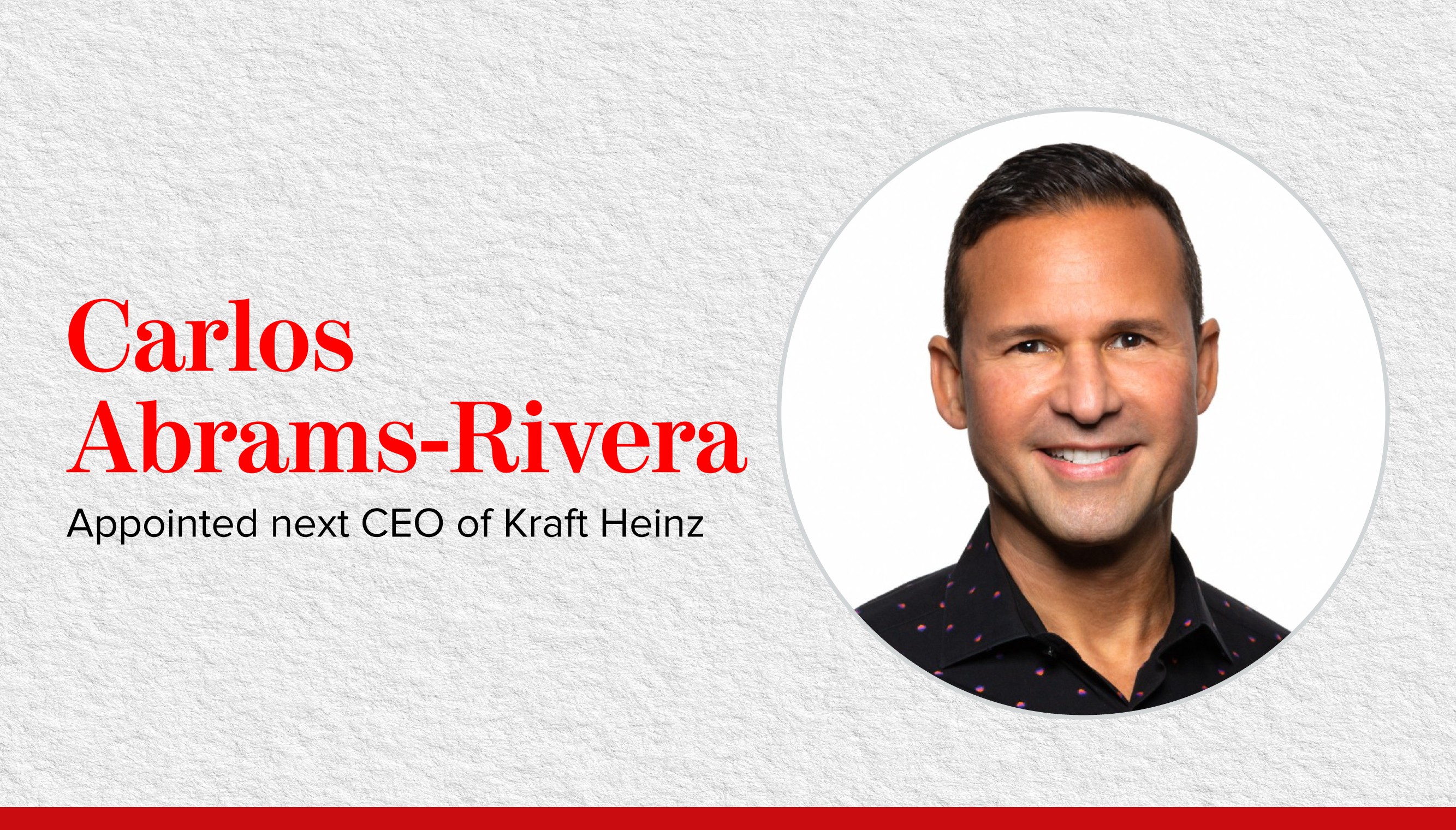
Sandra Campos and the Need for More Latina Representation
Sandra Campos has navigated the corporate world as a retail CEO, and most recently has turned to entrepreneurship and advocacy.
Sandra Campos did not have a lot of exposure to fashion growing up. Nonetheless, it has not stopped her from having a long and ongoing career in the industry.
Campos was born in California to parents who had each immigrated from Mexico when they were teenagers. Campos and her five siblings were raised in Texas where her family had a tortilla factory. Growing up, her family didn’t have a lot of money and her parents became entrepreneurs out of necessity.
Campos’ interest in fashion was sparked by trips to the fabric store with her mother, who did sewing and quilting. She’d often let Campos use her sewing machine and fabric to make things for around the house, like drapes or clothes for her siblings. While in college, Campos made and sold clothes.
After college, she moved to New York City to jumpstart her career.
Campos entered the fashion industry at age 20 with the intent of being a designer. She came to the conclusion early on, however, that that wasn’t the right path for her, due in part to her dislike of pattern making. Since being a designer was out of the question, she had to find a new way to meet her ultimate goal: being a CEO.
“To me that was the epitome of making it. That was the epitome of success. That was something that meant that I had taken what my parents sacrificed by moving to this country and actually had something that was good coming out of it. And it also meant that financially I was not going to be worried about what I was having to put on the table everyday,” said Campos in an interview with AL DÍA.
Meeting Her Goal
Campos then began to track the progress of people in the industry who held positions she wanted to have. She looked at the companies they worked for and the jobs they held.
“I was really aspiring to be that. So I set my own goals based on who I saw in the industry, in the positions that I wanted to have,” Campos said.
As part of her rise to the top job, she took on more responsibility, “then that’s when I started becoming a president, CEO of businesses and brands,” she explained.During this time, she worked on-and-off with Polo Ralph Lauren, helped launch Selena Gomez’s lifestyle brand, and restructured brands like Juicy Couture and Bebe.
A connection she would make at Bebe would help her achieve her ultimate goal. She hired designer, Nathan Jenden, to help her elevate Bebe and make it relevant for the social media era.Jenden had worked at Diane von Furstenberg (DvF), the namesake company of the Belgian fashion designer responsible for the wrap dress, for a decade. Campos noted that the company grew from a $2 million business to a business worth hundreds of millions of dollars during those years. Jenden had helped build the brand from a design standpoint.
Campos and Jenden became good friends and colleagues while working at Bebe. Jenden also maintained a relationship with von Furstenbrg and when she asked him back to help revitalize the business, he invited Campos to meet her.
“And so when I met her, I did it thinking, ‘oh well, who wouldn’t take the opportunity to meet this iconic designer. Of course I’ll take the opportunity to meet her, but I didn’t think anything was going to be long-term because I was really focused on building and revolutionizing businesses and trying to be really innovative in technology and other things that I just didn’t assume she would be a part of, but I was wrong,’” Campos said.
A Historic Hire
Upon meeting von Furstenberg, Campos found her to be “very modern in her thinking and really wants to focus on today's consumer. And she was super aware of everything going on,” said Campos.
After this meeting, they decided to work together. It was announced in April 2018 that Campos would be joining DvF as CEO, and Jenden would be returning as chief design officer and vice president of creative. This made Campos the company’s first female and first Latina CEO.
Campos describes how von Furstenberg embraced her Latine heritage, including through what von Furstenberg calls a “Woman in Charge.” This is “a woman who is very competent, a woman who understands who she is, and when she doesn’t, she’s going to find that. But that woman in charge is really about confidence.”
She says that von Furstenberg’s embrace of her heritage made her realize that she hadn’t been doing the same.
“Well, why have I not? And what am I looking at to now try to create myself within this community that exists that I’ve just never been a part of. And it was more so I wasn’t a part of it because of where I was raised, I wasn’t a part of it because I didn’t have a lot of colleagues that were Latinos in the industry at the time. And I was trying to become a CEO. So I wasn’t trying to be different, I was assimilating,” said Campos.

Photo courtesy of Sandra Campos
Shifting During the Pandemic
When the COVID-19 lockdown began in March 2020, Campos was still working at DvF. “I was in a business [where] we were selling $500, and we were all sitting at home.”
People’s desire for the most comfortable, rather than expensive, clothes greatly affected DvF’s business. They had to close 18 to 19 of their stores, lay off 75% of the staff, and shut down their European operations. Campos described the events from a business standpoint as “traumatic.”
She left DvF in November 2020, since then focusing on technology and impact in the industry.
“I’ve started to focus more on what’s going to actually matter to those businesses, whether that’s technology that they’re using to get to the consumer, or whether that’s products that really do make an impact in the communities because of what they offer. So I’m trying to be more intentful,” Campos explained.
She added, “So when I advise businesses and I sit on boards now, I try to really think through what is the purpose and value in that mission? And who is the customer we’re talking about? What are their needs? And how are we actually going to engage with them? Instead of just doing it on a very transactional business basis, to do it more intently and more thoughtfully, and curate it a little bit better.”
One of the ways she has focused on technology is through Fashion Launchpad, a platform Campos founded in June 2020. During lockdown, she was contacted by many people who needed to find a job, but didn’t have up-to-date digital knowledge. Campos made a LinkedIn post about creating a video series on continuing education topics, which caused a big reaction. She had thousands of responses and comments, some of which were people in leadership positions who wanted to help with the series.
The site allows people to take on-demand classes on topics like merchandising. Although the site was initially geared towards the fashion industry, she found that it was useful across various industries. This is especially true given how many companies have needed to pivot to digital means.
Fashion Launchpad has also been a useful tool in sharing knowledge with the Latine community, a focus Campos hopes to continue honing in on.
Diversity in the fashion industry
Over the last five years, Campos has pondered what diversity actually means and how she can be an example of positive representation in an organization. As a Latina board member, she is part of a demographic that accounts for 1% of board members. Women in general make up only 4%.
“So I am trying to represent both being a Latina, as well as being a woman on a board with a different perspective,” said Campos. “from a consumer standpoint, from a different perspective in terms [of] a business lens, on diversity in terms of underrepresented groups, and really trying to focus in on how can we be more helpful in terms of the knowledge and the education because the way that I see [it], the future [is] about closing the wealth gap, is closing the knowledge gap.”
The Latine community makes around 20% of the U.S. population.
“My view is that companies need to make sure that we understand that cohort. And so who better to understand the cohort than if you’ve come from the cohort yourself,” she stated.
In Latine households, women make 85% of the purchasing decisions versus 70% of purchasing decisions non-Latine households.
RELATED CONTENT
In terms of how companies should promote diversity, Campos believes that this starts with recruiters.
“Your internal team needs to be diverse in order to be able to bring on a more diverse employee base,” Campos said.
Campos also pointed out that promoting diversity doesn’t end with recruitment or ads. Companies need to be able to retain their diverse talent. She said that companies need to support their diverse workforce with training, consistent feedback, and provide them with opportunities for growth and promotions.
Campos knows first-hand about the challenges faced by diverse hires.
“Even though you would think that retail and fashion were very female-dominant, they haven’t been female dominant at the top. So there are very few companies that have had female CEO leadership,” she explained.
She adds that statistics have proven that women-led companies are more profitable. A study by Frank Recruitment Group, an IT recruitment group, found that 87% of Fortune 500 companies with a female CEO made above-average profits, compared to 78% with a male CEO that reported similar profits.
The Harvard Business Review found that having a female CEO led to shifts at a company that made it less open to risk and more focused on research and development.
Despite the evidence, women, especially women of color, face challenges in the boardroom.
Campos acknowledges that while she had men in her industry that supported her, she also had to deal with being overlooked and demeaning comments being made about her as a Latina.
“I’ve tried not to think through all that, although I’m sure it impacted me at the time. I really have tried to focus in on, ‘okay, what’s the value and the core value that I’m bringing. If I'm walking into that room, how am I walking into that room?’”

Advice
Campos has three pieces of advice for other women of color entering the corporate world.
1. Networking is very important and keep up those connections.
Take every opportunity to network and connect with people. You never know when someone you help today will come back and help you in the future.
2. Continue learning. Be on top of changes in your industry.
As shown with the origins of Fashion Launchpad, there is a need for continual learning to keep your industry skills fresh and up-to-date.
3. Say yes to opportunities.
“Because you don’t know what you don’t know. And if you’re going to say yes, you’re going to have more ability to learn, more ability to network, more ability to see whether that’s the right direction, the right path for you,” she said.











LEAVE A COMMENT:
Join the discussion! Leave a comment.